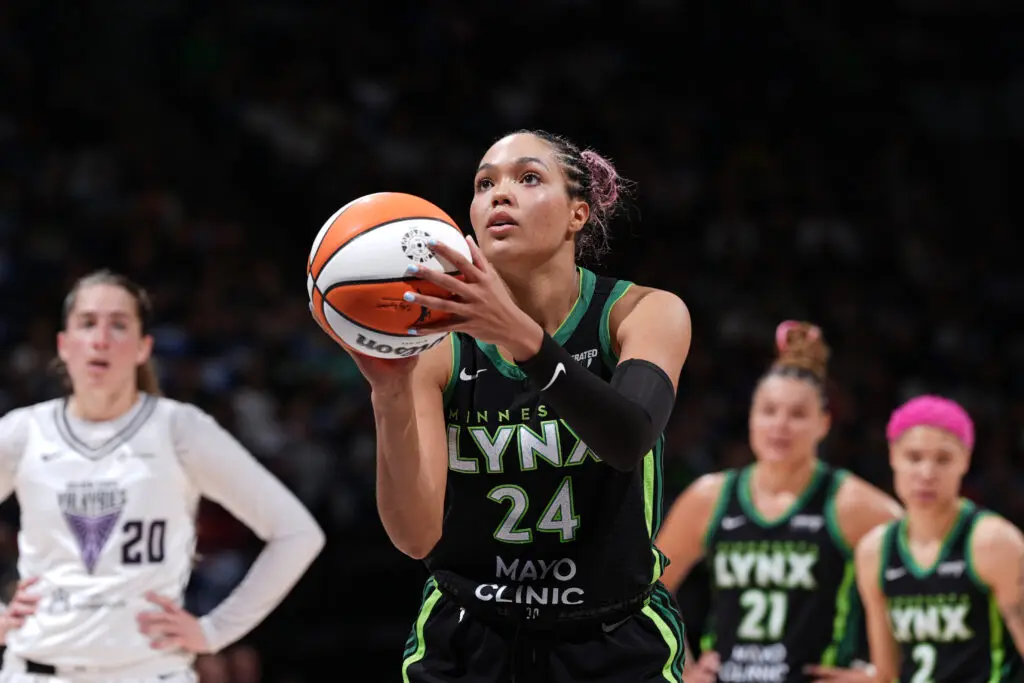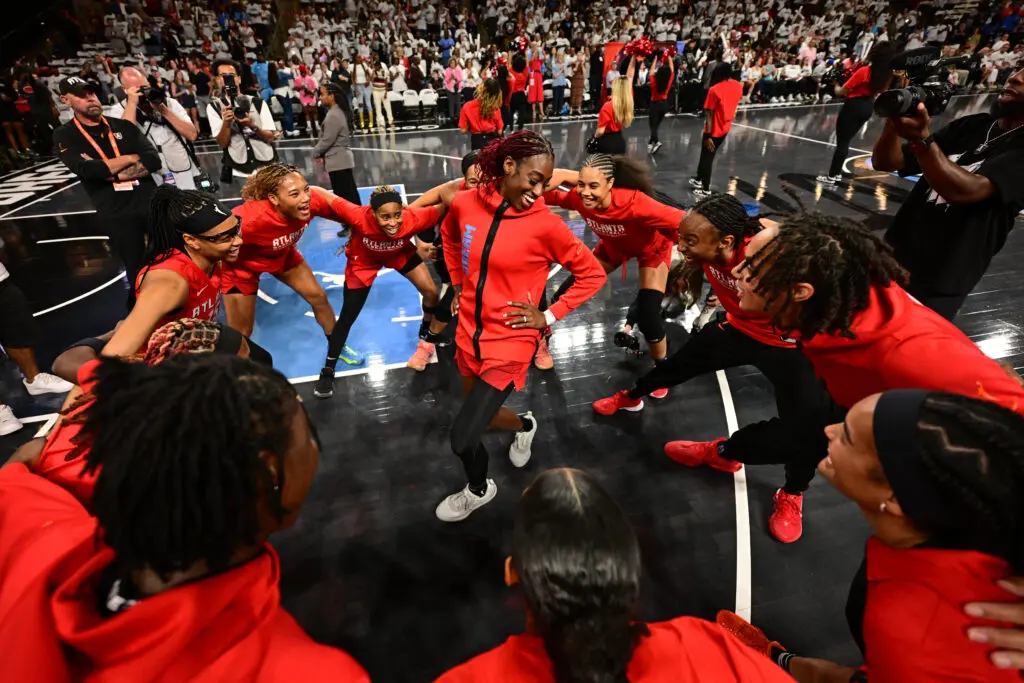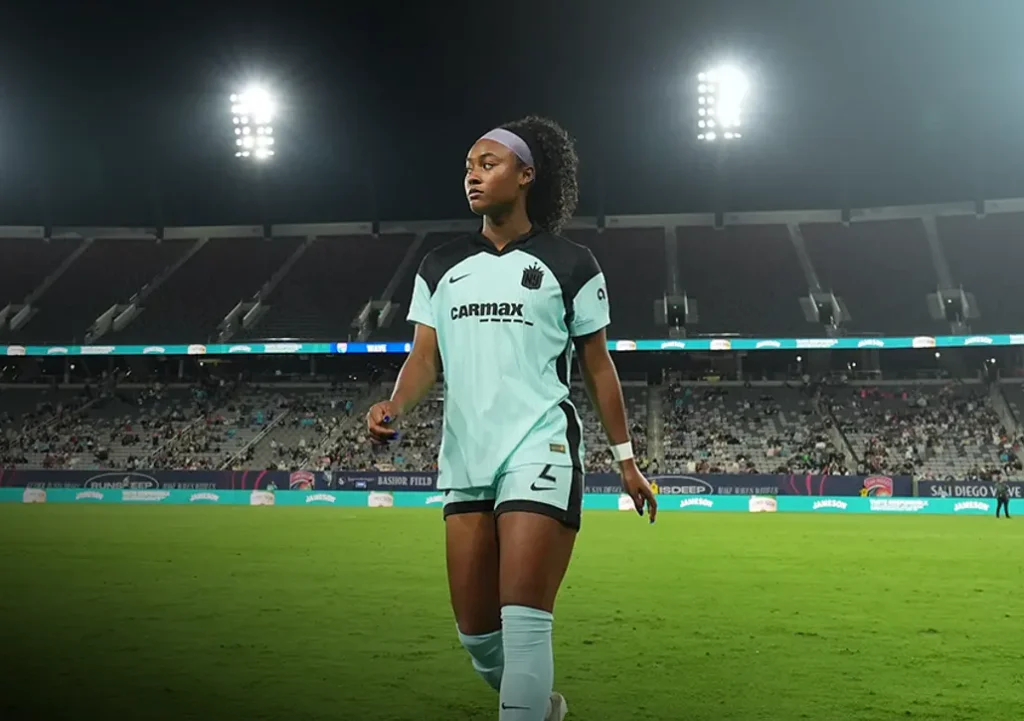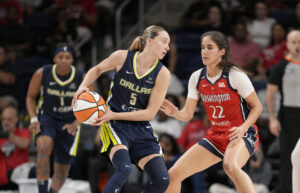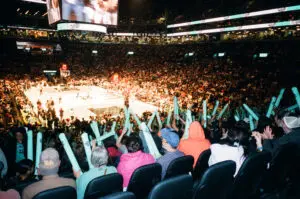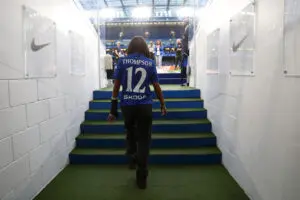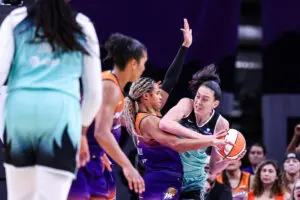Since 2000, all but one of the major women’s football tournaments — which include the World Cup, the Euros and the Olympics — have been won by teams led by women coaches. That streak may continue this weekend, as Sarina Wiegman leads England against Jorge Vilda’s Spain in the 2023 World Cup final.
The USWNT job has been a different story in recent years, with NWSL championship-winning coach Vlatko Andonovski holding the reins since the end of 2019. His tenure ended this week, as he and U.S. Soccer mutually agreed to part ways after the USWNT’s worst-ever performance at a World Cup. The search for his successor has already begun with the Paris Olympics less than a year away, and a number of strong candidates have already been contacted about their interest in the role, according to reports.
There’s no doubt that the USWNT wants a manager to bring them back to their winning ways. What is less clear is how much gender, for one, should play a role in the hiring process.
As a new era for the four-time World Champions quickly approaches, a familiar question hangs over it: How much should the demographic of the head coach of the USWNT matter? And what does the number of qualified options from traditionally marginalized communities say about coaching development in the U.S. and abroad?
Jill Ellis, former two-time World Cup-winning coach of the USWNT, has said that she believes the next manager should simply be the best fit.
“There’s certainly good female coaches out there,” she told reporters at a FIFA technical briefing Thursday in Sydney. “So what I would hope in this process is it’s robust, it’s diverse, but at the end of the day, this is a critical hire … and I think it has to be the right person.
“We need to make sure we’re creating and providing opportunities for women,” she continued. “But not just giving them the opportunities, making sure they’re supported and they’re educated and they’re ready to take those responsibilities and those opportunities.”

Adjusting the pipeline
Ellis makes a salient point, which is that the question of “qualified” coaching doesn’t exist in a vacuum. With women’s soccer still an emerging sport as compared to the men’s game, only in recent years have former women’s professional soccer players been empowered with the background necessary for some of the biggest coaching jobs in the world.
The NWSL currently hosts a free U.S. Soccer coaching C-license course for select interested players to start the journey toward higher-level managerial licensing. Those courses run through A-licenses and are increasingly expensive with each tier. There is also the U.S. Pro-license, a newer top-level course that fewer than five women coaches have ever reached, including current USWNT interim manager Twila Kilgore and OL Reign head coach Laura Harvey.
Gaining the expertise is important, but anyone who understands the bureaucratic realities of federation circles also knows that sometimes the most difficult barrier can be simply getting into the right rooms. USWNT legend Brandi Chastain, who holds an A-license and has served as a volunteer assistant at Santa Clara University for decades, spoke about that disparity last week.
“I’ve been asking to participate with our youth national teams for a while and have not gotten any traction,” she said on “The 91st” show. “I’m an A-licensed coach, I’ve been a volunteer at Santa Clara University probably for about 25 years, I coach youth soccer, I’ve been on the national team for 192 caps.”
Even more dire are the opportunities for women of color in U.S. Soccer circles, as the dropout rate for girls of color in American youth soccer is twice that of white girls who live in the suburbs. Steps are being taken to try to bridge the gap at the player level, but with the coaching pipeline still an uphill battle for all women, marginalized identities are sidelined even as the player demographics of the USWNT itself are changing.
“I think it’s essential that we look at putting women and people of color in leadership positions — that’s owning teams, that’s sitting on boards, that’s owning media divisions, being true decision-makers in women’s sports,” USWNT star Christen Press told Just Women’s Sports this week.
Who is in federation decision-making roles, who aligns budgets and sets goals for the future, and who makes sure that the next coach is set up to succeed bear a big responsibility. They must avoid deferring to the easiest choice, while also committing to a healthy coaching pyramid for qualified candidates.
Surveying the landscape
Harvey and Kilgore are clearly educated and qualified for consideration for the role, and Chastain would like to be in that conversation someday. But it is also true that the U.S. both needs to raise their competitive level to remain relevant on the world stage, and will always represent something greater than just goals on the field.
At the 2019 World Cup, nine of the 24 teams were coached by women. In 2023, that number grew to 11 coaches out of 32 teams. While every program has to make their own judgment calls on who is the best-suited to lead their national teams, the global gap appears to be widening.
Since the players union achieved a landmark equal pay deal with the U.S. Federation, there’s clearly demand for the team to further move the needle, and empowering a qualified coach who is also a woman fits that need. There are also highly qualified coaches in the NCAA system who would require substantial contracts in order to leave the relative stability of college for one of the most tumultuous and high-profile positions in women’s soccer. A lot can be solved by greater investment, even at the top.
Andonovski only made a fraction of the salary of U.S. men’s national team head coach Gregg Berhalter. The ability to attract top-level coaching talent — even as the USWNT is possibly seen as a program in decline — is paramount to achieving both short- and long-term goals.
It’s not enough to simply offer a woman a job that itself does not have the resources necessary to succeed. As even Andonovski found, a coach’s legacy can be made or broken on the field, despite whatever progress may be seen off of it.
Claire Watkins is a Staff Writer at Just Women’s Sports. Follow her on Twitter @ScoutRipley.

